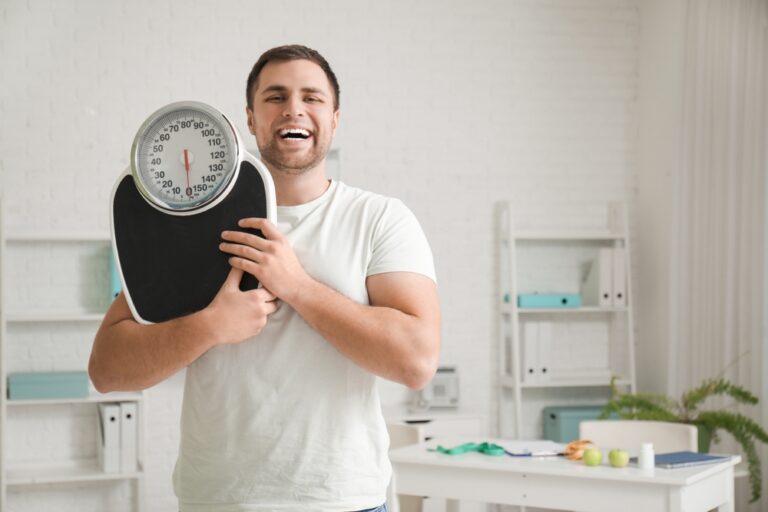Table of Contents
TogglePreventing Falls and Fractures in Your Daily Routine
One simple movement could change your life in seconds—like tripping on a rug or slipping on a wet floor. Unfortunately, the risk of falling increases with age. A fall can lead to serious injuries, such as a broken bone, and for older adults, this can be the beginning of more serious health problems. That’s why it’s important to know how to reduce your fall risk.
Take the Right Steps to Prevent Falls
By taking extra care of your health, you can lower your risk of falling. Most falls don’t “just happen”—they can be prevented. Here are some important steps you can take:
Stay Physically Active
Creating an exercise routine that works for your health and fitness level is key. Regular activity builds muscle, strengthens joints, and helps maintain flexibility. Mild weight-bearing exercises like walking or stair climbing can also help slow bone loss due to osteoporosis.
Have Your Eyes and Hearing Tested
Small changes in your vision or hearing can increase fall risk. If you wear glasses or contacts, make sure your prescription is up to date and take time to adjust to any changes. If you use hearing aids, ensure they’re working properly and worn consistently.
Look Into Side Effects of Medication
Some medications cause dizziness or drowsiness. If you experience these effects, talk to your doctor or pharmacist to explore alternatives or adjustments.
Get Enough Rest
Being well-rested helps maintain balance and coordination. Fatigue increases the chances of falling and injury.
Limit Alcohol
Even small amounts of alcohol can impair balance and reflexes. Studies show that hip fracture rates are higher among older adults who drink.
Stand Up Slowly
Sudden movements can cause blood pressure to drop, making you feel lightheaded or wobbly. Take your time when rising from a seated or lying position, and have your blood pressure checked regularly.
Use Assistive Devices for Support
Canes and walkers can greatly reduce your fall risk. Make sure your device is fitted to your height and moves smoothly across surfaces. Physical or occupational therapists can help you choose the right equipment and show you how to use it safely.
Wear Supportive Shoes
Choose shoes that are:
Non-skid
Rubber-soled
Low-heeled
Secure-fitting with full foot support
Avoid walking in socks or wearing slippers with smooth soles, especially on stairs.
Always Share With Your Doctor
Even if you weren’t hurt, report any falls to your doctor. This may point to an underlying health issue or a side effect of medication. Your provider may recommend physical therapy, mobility aids, or other steps to reduce your fall risk.
What To Do If You Fall
Try to Stay Calm
Take a few deep breaths and remain still to recover from the shock.
Decide If You’re Hurt
Assess your condition before moving. Getting up too quickly could worsen an injury.
Slowly Get Up (Only If You Can)
If you’re able to rise:
Roll to your side and rest briefly.
Get on your hands and knees.
Crawl to a sturdy chair.
Place both hands on the seat and slide one foot forward so it’s flat on the floor.
Keep the other knee down and push yourself up, turning to sit on the chair.
Call for Help
If you’re injured or unable to get up, call 911 or ask someone for help. If you’re alone, try to shift to a comfortable position and wait for assistance. Carry a mobile phone or wear a medical alert device for emergencies.
For More Information About Falls and Fall Prevention
Centers for Disease Control and Prevention (CDC)
📞 800-232-4636 (toll-free)
📞 888-232-6348 (TTY)
✉️ cdcinfo@cdc.gov
🌐 www.cdc.gov
National Resource Center on Supportive Housing and Home Modifications
📞 213-740-1364
✉️ homemods@usc.edu
🌐 www.homemods.org
Rebuilding Together
📞 800-473-4229 (toll-free)
✉️ info@rebuildingtogether.org
🌐 www.rebuildingtogether.org
National Falls Prevention Resource Center
📞 571-527-3900
🌐 www.ncoa.org/center-for-healthy-aging/falls-resource-center


